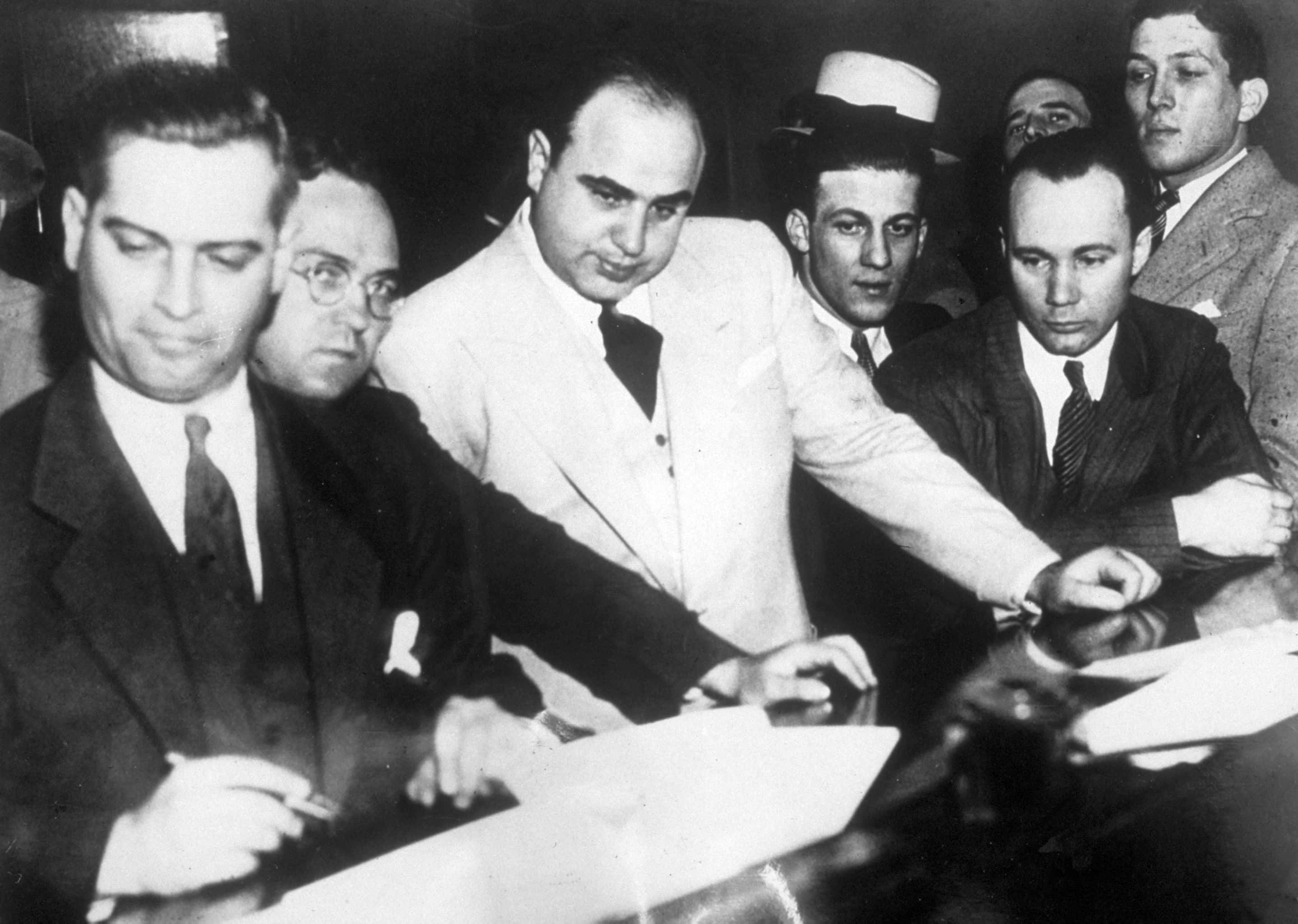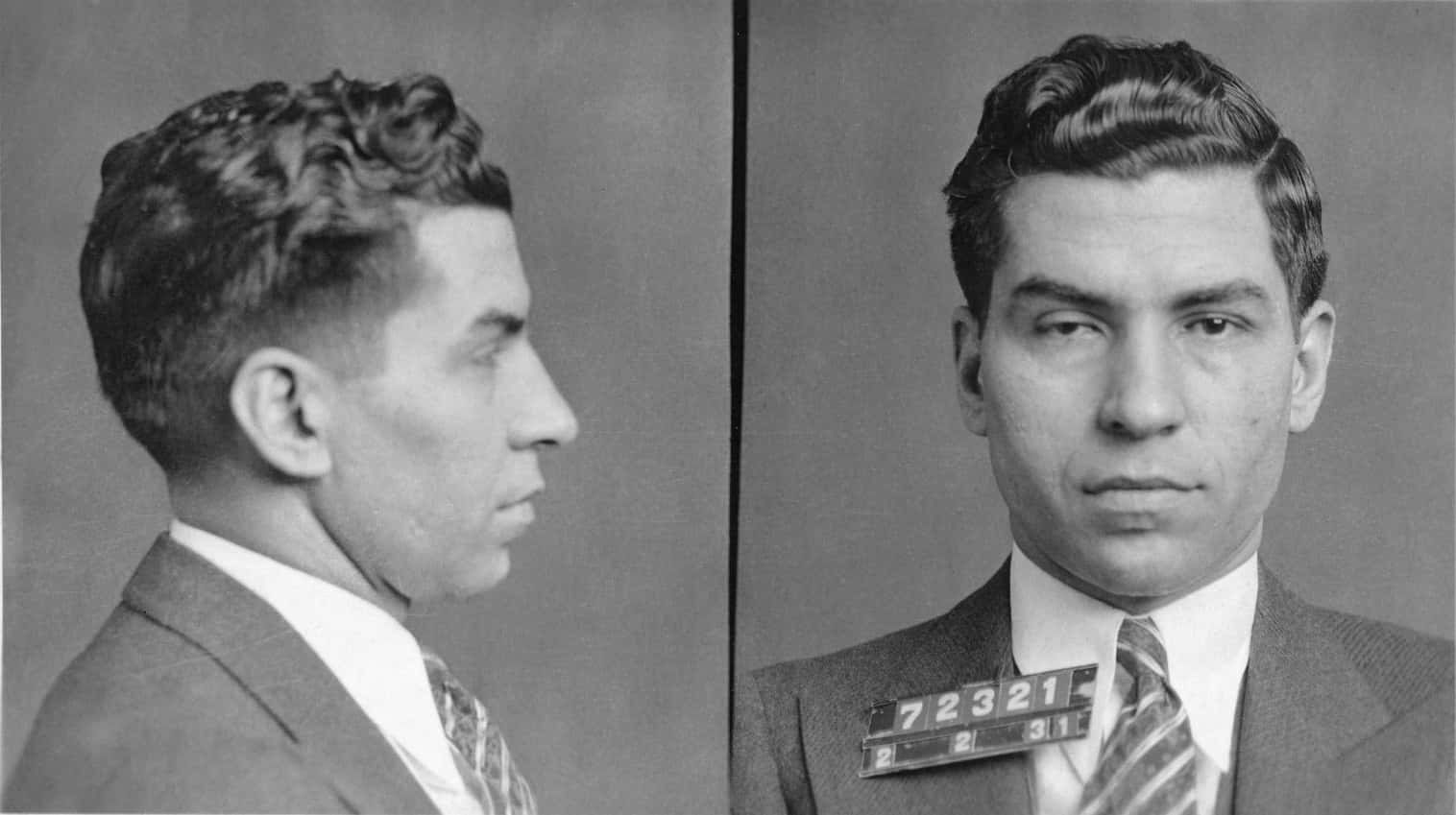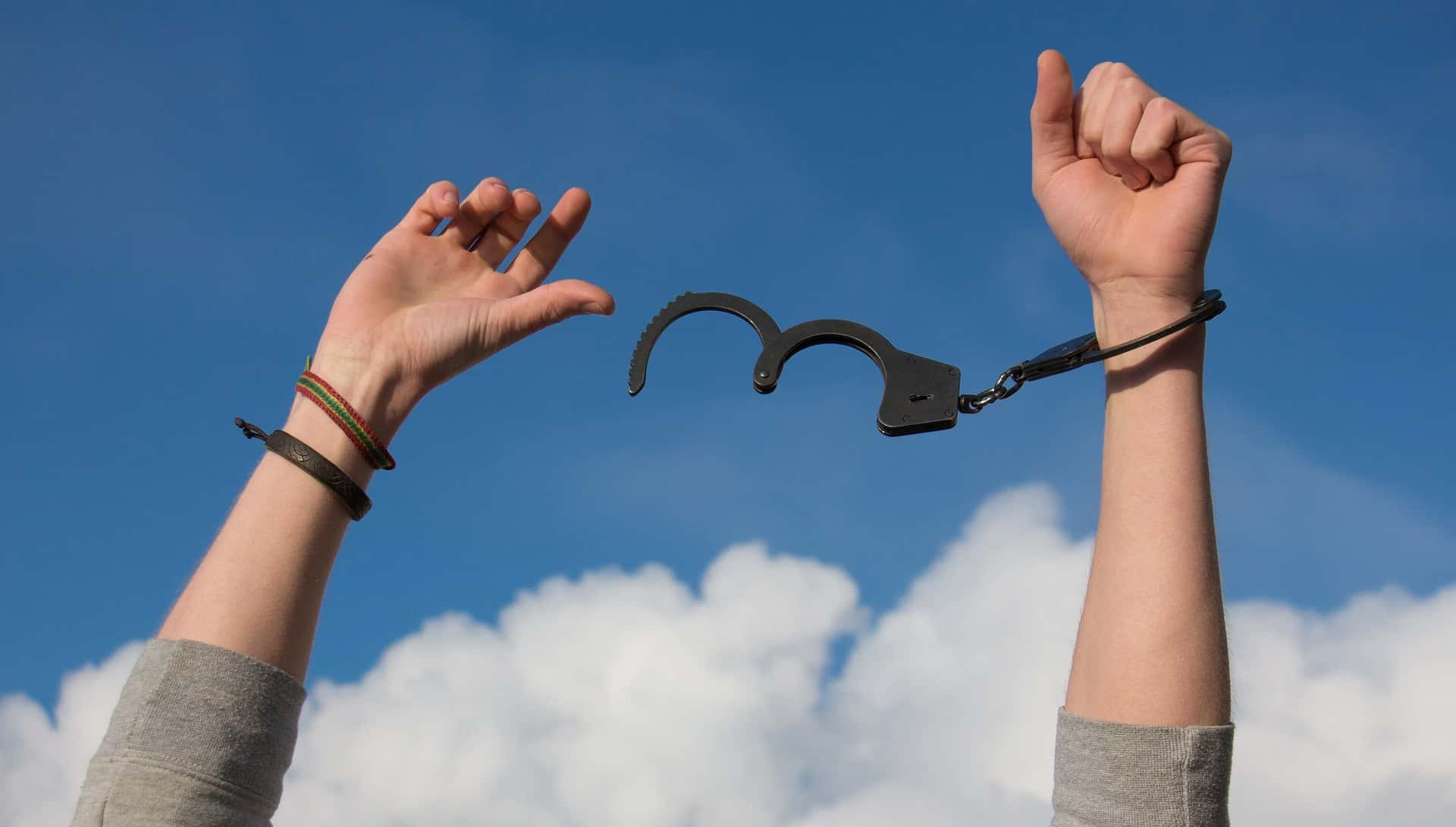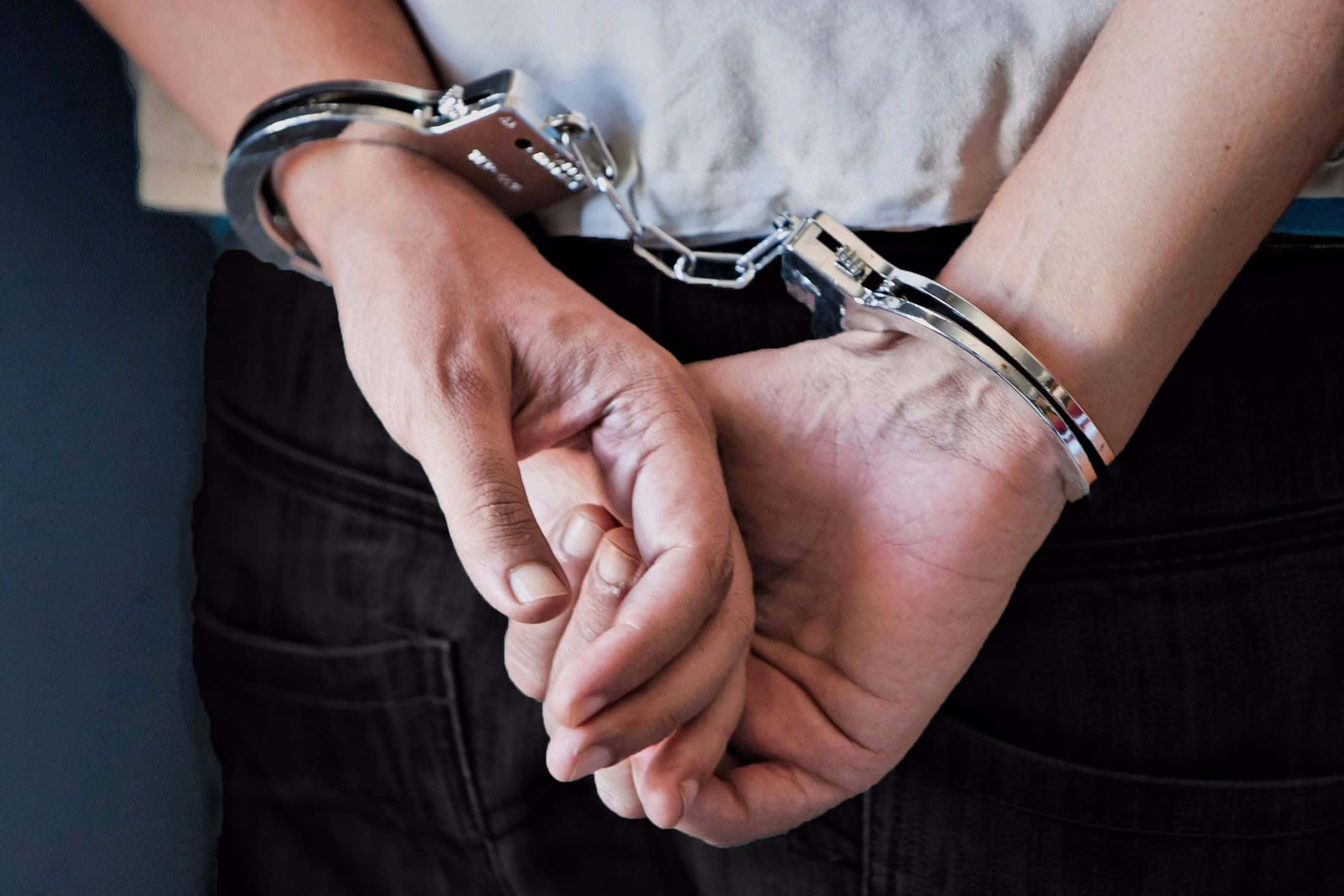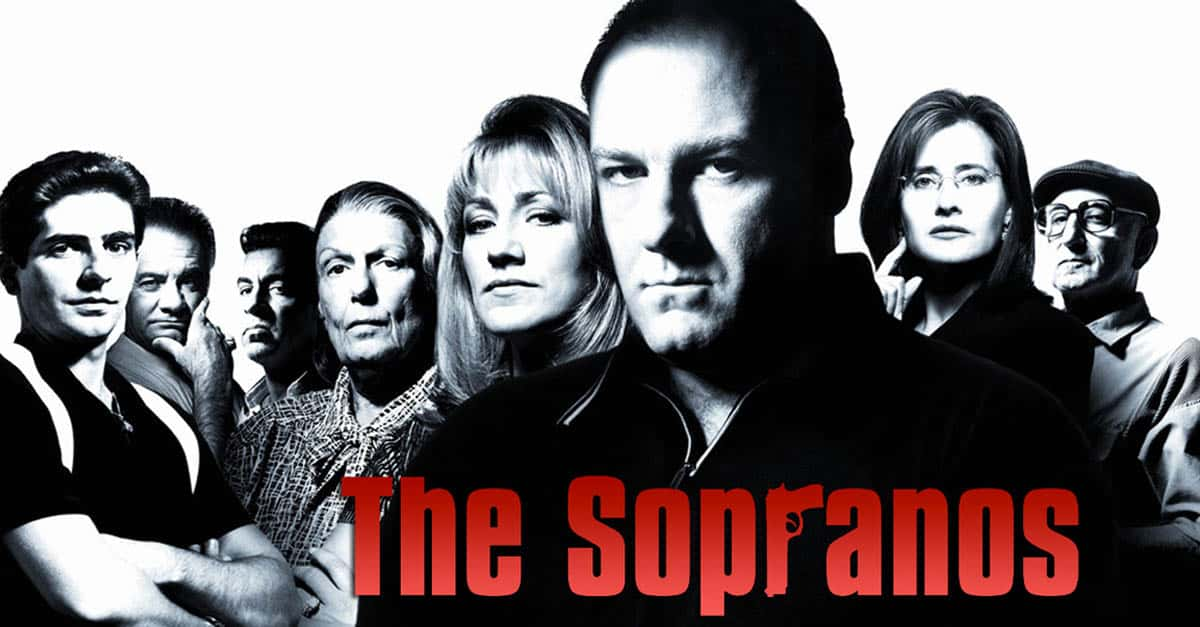Organized crime refers to groups of criminals who create a structured chain of command where each member has a role and contributes to the overall strategic goals of the syndicate. Examples include the Mafia, the Yakuza, drug cartels, and some gangs.
Obviously, much of their behavior is meant to be secret. But you can't keep crime hidden forever, and that's why we have these 54 little-known facts about the dark world of organized crime.
54. In Russia, Tattoo Needle You
When filming Eastern Promises, Viggo Mortensen went to dinner at a Russian restaurant while still sporting some of the fake tattoos he had to play his character, a Russian mobster.
Apparently, the restaurant fell silent as people noticed his tattoos. After all, to those in the know, the tattoos on a member of the Russian Mafia are like the sections on a resume—they depict specialties and rank.
Let’s just say he got very good service that evening.

53. Snitches Get Stitches
As in any self-respecting criminal organization, snitching is deeply discouraged in the culture of the Mafia.
It's called Omerta—the strict mafia code of silence that forbids mafiosos from betraying their fellow mafiosos to the authorities. The punishment for breaking the Omerta is death.
52. Don’t Look At Me!
In addition to snitching, Omerta also forbids certain crimes such as kidnapping, theft, and, in some families, the murder of prominent political figures.
Now that's surprising, right? Could it be that there is still honor among criminals?
Well... Not so much. The thinking behind the forbidden activities is actually about practicality: certain Mafia families feel that such crimes could simply draw too much attention, and so are not worth doing.
51. Doing God’s Work
A person who has been fully initiated into the American Mafia is known as a "Made Man". Earning the title was a major step in the life of an aspiring mafioso.
Becoming a Made Man has never been easy, though. To do so requires a display of commitment to the values of whichever family the prospective soldier would be joining. It also takes a certain amount of solidarity with Mafia heritage and religiosity. For example, one of the rituals is baptism, which dates back to the Sicilian mafia’s involvement in protecting the church’s interest following the unification of Italy.
50. Just A Tiny Prick
Other parts of the ritual can be pretty insane.
For example, the pricking of a finger (usually the trigger finger), spilling a few drops of blood on a card bearing the likeness of a Saint, setting that card on fire, and then passing the card from hand-to-hand.
49. Death First!
These initiations weren’t done until the prospective member had carried out a pre-assigned task, usually a contract killing.
48. A Heritage Moment
One of the early requirements to becoming a full member of the Sicilian mafia was ethnicity. You had to be of "pure-blood" Sicilian descent.
However, that has since been relaxed. Many Mafia families will now allow those with any Italian heritage to join the club.
47. An Immigration Problem
The American mafia can be traced back to New Orleans in the 1800s as it was active travel port for Italians. A lot of Sicilians ended up in New Orleans and brought Sicilian-style crime with them.
46. If You Can Make it There…
The New York mafia come to power around the same time as the New Orleans mafia. The Sicilian mafia became the Five Points Gang and other mafia families gained power in East Harlem and Brooklyn.
 The Alienist, Anonymous Content
The Alienist, Anonymous Content
Daniel Brühl as Biff Ellison, Leader of the Five Points Gang

History's most fascinating stories and darkest secrets, delivered to your inbox daily.
45. A Drinking Problem
The mafia became a serious problem in the wake of Prohibition. The criminalization of alcohol presented massive business opportunities and resulted in the rise of bootlegging operations and famous names such as Al Capone and Lucky Luciano.
44. Nobody Wanted Tequila?
During the prohibition era, a young Mexican kid smuggled whiskey from Mexico to Texas. That kid was Juan Guerra... who eventually founded the Gulf Cartel, one of the oldest and most powerful cartels in Mexican history.
But it took a while for the Cartel to transition into the formidable and despicable criminal enterprise it is today. Although Juan Guerra was bringing loads of alcohol across the border throughout the 1930s, it wasn't until the 1980s that the gang began moving hard drugs as well.
As it turned out, that shift into cocaine, heroin, and methamphetamines, was the gas the Cartel needed to fuel an insanely fast growth. By the middle of the 19990s, criminal cases in the United States were starting to show evidence that the Gulf Cartel had strong ties to corruption in South America, Europe, and the U.S. itself.
43. Don't Mess with the IRS
Al Capone was one of the most famous mob bosses, ruling the Chicago underworld, and making an estimated $100 million per year.
So what brings down a gang-lord like that? Mass murder? Corruption? Some other outrageous crime.
Nope. Turns out that Capone's crimes only caught up with him because the IRS looked into his tax situation. He'd gone years without filing, and in the end that's the crime that did him in. He was given an eleven-year sentence for tax evasion, the longest tax evasion sentence ever given in the United States.
42. Back Had Back
Capone’s nickname was “Scarface,” from the scars he earned by telling a woman she had a “nice ass” in front of her violently protective brother.
41. Tickle Those Ivories… Or Else
Capone once kidnapped Jazz pianist Fats Waller and made him perform at his birthday party. Waller left three days later drunk and thousands of dollars richer, which is better than how most kidnapping victims end up.
40. Safe Space
In 1986, 30 million people tuned their TV's to Geraldo Rivera’s TV special "The Mystery Of Al Capone's Vault" to witness the opening of one of Al Capone’s secret safes.
To the disappointment of the audience, the only things inside were empty moonshine bottles, dirt, and the end of Geraldo Rivera’s career.
39. A Regular Schindler
Charles 'Lucky' Luciano got his start after winning $244 in a game of dice, quitting his job, and forming a gang that ran a protection racket for Jewish youth.
38. May the Odds…
The origin of Luciano’s nickname ,'Lucky', is unknown but theories include the fact that, in twenty years, he was arrested 25 times and yet never jailed, had his throat slashed but survived, or simply a mispronunciation of his surname.
37. Get Out of Jail Free-ish
Luciano was eventually caught for “compulsory prostitution” and sentenced to 50 years in state prison. He was released after assisting with US war efforts in Sicily. After his release, he was deported to Italy.
36. Who’s the Boss?
“Capo di tutticapi” is an Italian phrase meaning “boss of all bosses,” the title given to only the most powerful of mafia dons. The English equivalent was “Godfather.”
35. The Mount Rushmore of Crime
Lucky Luciano, Frank Costello, Vito Genovese, and Salvatore Maranzano are a few of the dons that have been referred to by this title at one point or another.
34. A Family of Families
Lucky Luciano was the creator of the Commission, an organization of the bosses of the Five Families in New York. Those involved in the Commission were to have an equal say in mafia matters. This also created open lines of communication between the families to create some sort of order between the organizations and also to deal with those who disrupt that order.
33. Killing the Messenger
Joseph Colombo started the Italian-American Civil Rights League to protest the depiction of Italians as mobsters. He was also, unfortunately, the head of the Colombo Crime Family. It's almost like he had a vested interest in not being called a member of the mafia.
We guess he wasn’t ready for his close-up.
32. That’s Show Business
Colombo managed to get all instances of the word “Mafia” removed from the movie The Godfather. He also managed to get a bunch of his mob buddies into the film as extras.
31. Once You Go Black
Gregory Scarpa Sr. was a hitman and enforcer for the Colombo crime family. He was a ruthless man, whose evil, heartless behavior quickly earned him the nickname The Grim Reaper.
Scarpa Sr. was also a profound racist, and was convinced that black people were an inferior race. In fact, he was so convinced of this that when he was forced to undergo emergency surgery for a stomach ulcer, he refused anonymous blood transfusions... in case the blood may have come from African-Americans.
In the end, though, that racism spelled his own doom. Out of desperation, he solicited blood donations from friends and associates... one of whom (a bodybuilder who was hooked on steroids) was HIV-positive. Scarpa Sr contracted the disease from the blood transfusion, which would go on to kill him about 4 years later.
30. Family Tree
The Godfather’s Corleone crime family was inspired by the Borgias from Renaissance Italy and the Bonanno crime family, one of the Five Families that were part of the Commission.
 The Godfather, Paramount Pictures
The Godfather, Paramount Pictures
29. This is Bonannos
In the 1960s, Joseph Bonanno tried to seize control of the Commission. His failure to do so led to fighting within the family, and the Bonnanos being kicked off the Commission.
28. Mississippi Burning
In 1964, the FBI recruited Gregory Scarpa, a Mafia Capo, to uncover information related to the ongoing murders of civil rights activists, committed by the KKK.
He found the location of the bodies by pistol-whipping a Klansman until he talked.
27. Bottoms Up
In 1970, the US created a law called the Racketeer Influenced and Corrupt Organizations (RICO) Act that allowed leaders of organized crime to be prosecuted for the crimes of their underlings.
It was a pretty radical shift in American legal policy. Prior to this, mob bosses typically only got dinged for minor crimes, as they almost always had a henchman, crony, or family member who was willing to take the fall for the boss.
26. Can I Get a Witness
The Federal Witness Protection Program (WITSEC) was also established in 1970. This allowed the federal government to relocate and protect potential witnesses who might otherwise have suffered unfortunate "accidents".
25. Location Location Location
The first breach of WITSEC happened in 2009, nearly 40 years after the program was established.
US Marshal John T. Ambrose revealed the location of a former hitman for the Chicago mob to a close family friend who had mob ties. Ambrose got four years for his crime.
24. In Like Flynn
Back in the 1970s, there was a Detroit street gang called the Errol Flynns who became known for their flamboyant outfits, the first widespread use of gang signs, and their own dance. Unfortunately, they were also known for extortion, robbery, and drug trafficking. Their flamboyancy was thought of as particularly dangerous, as it attracted impoverished youths to a life of crime.
23. Look Out Radioactive Man!
The Yakuza (Japanese Mafia) has been sending people who owe them money to do cleanup work in the still-radioactive Fukushima.
But just think: It could all be a massive backfire if any of those people develop superpowers instead of radiation poisoning. That would make a pretty wicked graphic novel.
22. All Pinky, No Brain
For years, the Yakuza had a ritual called Yubitsume where they would chop off part of one’s pinky finger as punishment. The idea was that removing that part of the finger made gripping a samurai sword impossible and weakened him in battle.
You’d think they’d update their rituals after the invention of the gun.
21. Better Than a Hole in the Head
Frank Sinatra was the liaison between the Chicago mafia and the Kennedy family who helped JFK get Union support for his election. After JFK failed to live up to his promises as a president, Sinatra was forced to play 8 straight nights at the crime boss’ club as punishment.
20. The Oddfather
In order to avoid prosecution, Vincent Gigante, a New York Mafia boss, spent 30 years wandering Greenwich Village in his pajamas and pretending to be crazy. To be fair, pretending to be insane for 30 years is pretty insane.
19. A Shot to the Pinballs
Citing the robbery of American children’s hard-earned dimes and nickels, pinball was illegal in some American cities for over thirty years. As a result, there was a mafia that would operate an illegal pinball machine business.
18. Protection Racket
While it is still debated, one of the theories as to the origin of the word “Mafia” is from the 9th century when Sicily was ruled by Arabs. The term “mafia” is an Arabic slang term referring to safety.
17. Can You Hear Me Now?!
Mexican cartels have been kidnapping phone technicians and forcing them to build the cartels their own private cell phone network.
16. Racial Inequality
Even though they only make up <0.1% of the prison population, the Aryan Brotherhood Gang is responsible for 18% - 25% of all homicides in the federal prison system.
15. Reading Rainbow
The Aryan Brotherhood has a list of required reading for prospective members that includes Sun Tzu’s “The Art of War,” Machiavelli’s “The Prince,” and Neitzche’s “Beyond Good and Evil.”
14. Oopsies
Attempting to shut down MS13, a gang that originated in Los Angeles, illegal members were deported to their home countries. Those members ended up gaining territory in their home countries and now MS13 has over 100,000 members worldwide and is one of the largest and deadliest gangs in the world.
13. Not So Artful Dodger
In 2011, a California gang member was arrested for driving with an expired license with police noticed a chest tattoo that depicted details of an unsolved murder. He was questioned, ended up confessing, and was convicted. The gang member's nickname is a chopper and a peanut is slang for an opposing gang member.
That’ll teach him not to wear a shirt.
12. Magic Eraser
There are several charities out there that specialize in removing gang tattoos so that former members can have a fresh start. But people who tattoo the name of their ex-girlfriends onto their chest? They’re on their own.
11. But Who Polices the Police?
Two policemen who worked in the NYPD’s organized crime unit were secretly hitmen for the Mafia, and used their positions to commit crimes on behalf of their bosses.
10. Run the Jewels
A Serbian gang called The Pink Panthers managed to steal over 300 million euros worth of jewels and gold in a series of complex and audacious heists. One criminologist referred to their crimes as “artistry.”
9. Just for Kicks
A major gang war between the Mexican Mafia and the Californian Nortenos was reportedly started in San Quentin prison which has caused over 30 deaths. The dispute was about a pair of stolen shoes.
8. A Helluva Drug
Columbian cocaine kingpin Pablo Escobar reportedly made $200 in profit for every $1 of investment. Too bad he wasn’t publicly traded.
7. A Bit of a Stretch
Escobar had so much cash coming in that his monthly bill for the rubber bands he used to hold the stacks of banknotes together was $2,500.
6. En Fuego
Escobar had so much money that he once burned $2 million in crisp banknotes just to keep his family warm when they were on the run.
5. Fantasy Football
Pablo Escobar and fellow drug lord El Mexicano once made a $2 million bet on a soccer game. They each picked their favorite players and flew them in for a private game.
4. A Horrible Call
That wasn't Escobar's only influence on football in South America, though.
After a match between a team that Escobar owned and one of their rivals, it was rumored around town that one of the refs had been bought off, in order to ensure a victory for the rival club.
In retaliation, Escobar ordered the supposedly corrupt referee's assassination. The contract killing was dutifully carried out, completing the tale of one the most insane over-reactions in sporting history.
3. Four out of Five Lines
At the height of his power, Escobar reportedly owned 80% of the world’s cocaine business and was making $420 million a week.
For reference, that would be the entire box-office revenue of many Hollywood blockbusters... and Pablo was pulling in that much dough every week. Turns out the drug trade is a pretty lucrative business. Who would have thought?
2. If You Can’t Trust a Death Squad…
Los Zetas, known as one of Mexico’s most ruthless cartels, started as a contingent of Mexican Special Forces.
Operators were hired by the Gulf Cartel to serve as their death squad. They later decided to go up against their employers as independents, forming Los Zetas.
1. Sunday Schooled
Richard Kuklinski killed his first victim, a neighborhood bully, while still in high school, and quickly discovered he had both a taste and an aptitude for murder. His willingness to kill anyone for random reasons won him steady work from several crime families, even as he maintained a normal family life. Kuklinski earned the moniker "Iceman" because he would freeze his victims in order to obscure their time of death.
Years later, Kuklinski appeared in a series of documentaries produced by HBO, which were meant to give insight into the mindset of such a brutal and horrific killer. They certainly accomplished that. For example, Kuklinski described how one victim was struggling particularly hard. Here's how Kuklinski described his response: “I gave him half an hour to pray to God… God never showed up… and that was that.”
Horrible stuff.











